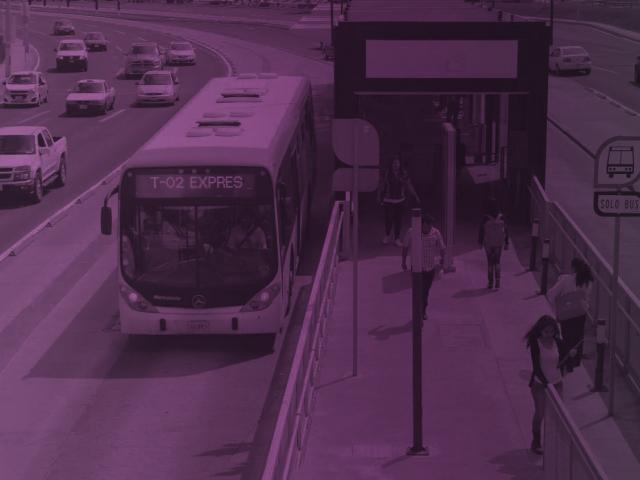Benchmarking
Where Do All these Data Come From?
The Member Cities of the Transport Gender Lab network have designed and implemented several initiatives related to gender and transport. These initiatives are detailed in this section to share information and allow each Member City to compare its progress with other cities. The methodology for the collection of data included the following:
Data Collection:
1) Exploratory interviews with experts to obtain general information on: data sources, participating institutions, key stakeholders, and other experts in the fields of transport and gender-focused initiatives in transport, for further interviews.
2) Review of secondary sources to analyze all available data (institutional documents, news, official databases, scientific publications, etc).
3) A survey was conducted to experts in order to gather information on gender-focused initiatives implemented in public transportation systems. Experts and focal points in each city were surveyed.
4) Systematization of collected data.
5) In-depth interviews with experts from each city in order to obtain detailed information, delve into the most relevant data, clarify incomplete or inaccurate topics, and have a clear understanding of the weaknesses and strengths of each initiative.
6)Finally, the definitive database consolidation.
Analysis and interpretation of the results:
In this step, dimensions were defined and initiatives were categorized, allowing to determine a number of main lines to classify all gender initiatives. These dimensions included the following: Knowledge, Awareness and Education, Prevention, Employment Opportunities for Women, Access to Justice, Infrastructure with a Gender Perspective and New Technology Tools. Once the dimensions were defined and the initiatives were classified under these categories, a comparative analysis was carried out to highlight the progress made in favor of gender equality in the transportation systems analyzed.
Communication of the results:
A final document includes the main findings and recommendations, and the comparative analysis which allows to read the advances by city and provides an overview of the progress in the region.
 Bogotá
Bogotá
- Population: 8.181.047
- Land area: 1.775 km2
- Daily Travelers: 14.860.000
 Buenos Aires
Buenos Aires
- Population: 3.100.000
- Land area: 203 km2
- Daily Travelers: 5.137.532
 Cali
Cali
- Population: 2.470.852
- Land area: 564 km2
- Daily Travelers: 3.603.297
 Guatemala City
Guatemala City
- Population: 2.900.000
- Land area: 692 km2
- Daily Travelers: 11.000.000
 Mexico City
Mexico City
- Population: 8.985.339
- Land area: 1.500 km2
- Daily Travelers: 17.300.000
 Estado de Hidalgo
Estado de Hidalgo
- Population: 3.082.841
- Land area: 20.821 km2
- Daily Travelers: 1.857.358
 State of Jalisco
State of Jalisco
- Population: 8.000.000
- Land area: 78.599 km2
- Daily Travelers: 7.000.000
 Quito
Quito
- Population: 2.200.000
- Land area: 352 km2
- Daily Travelers: 4.600.000
 San Salvador
San Salvador
- Population: 1.800.000
- Land area: 652 km2
- Daily Travelers: 2.500.000
 Santiago
Santiago
- Population: 7.100.000
- Land area: 15.403 km2
- Daily Travelers: 5.181.800
 Santo Domingo
Santo Domingo
- Population: 3.527.000
- Land area: 545 km2
- Daily Travelers: 3.097.106
 Login
Login Cities
Cities

















